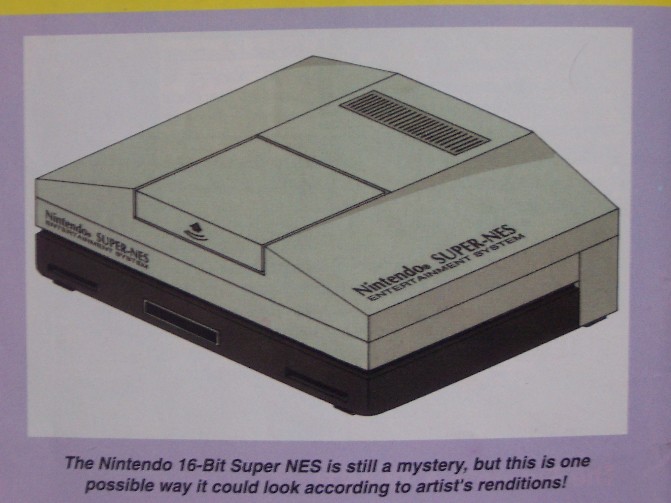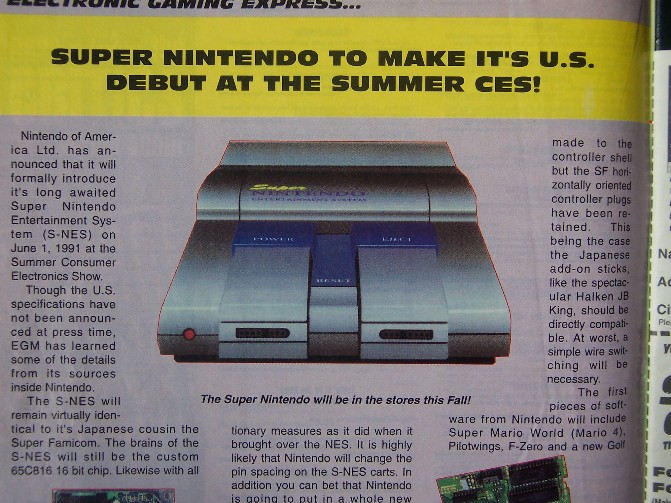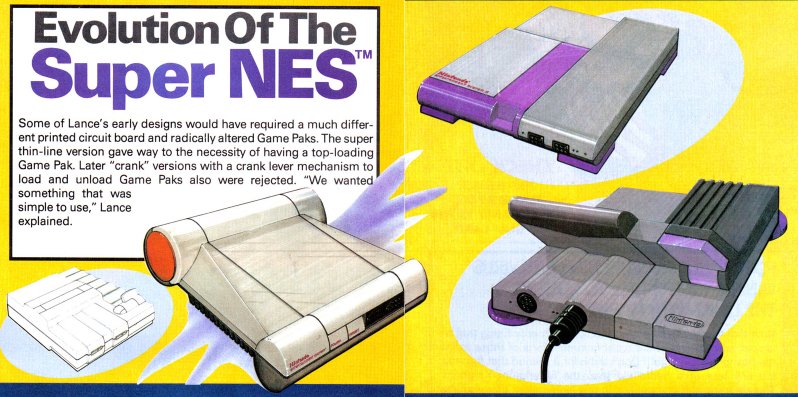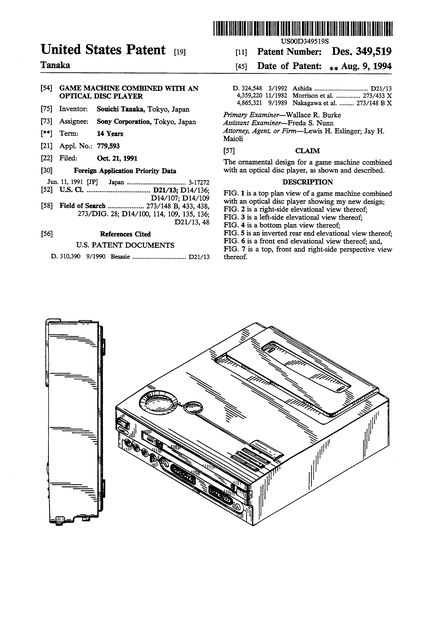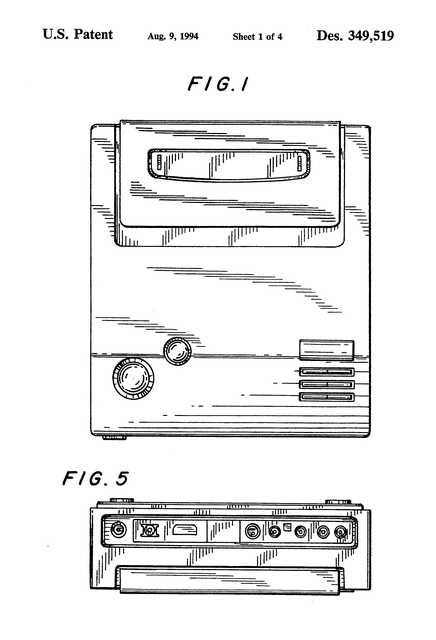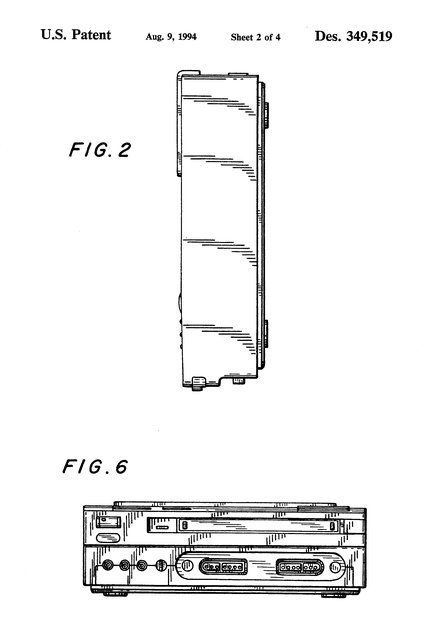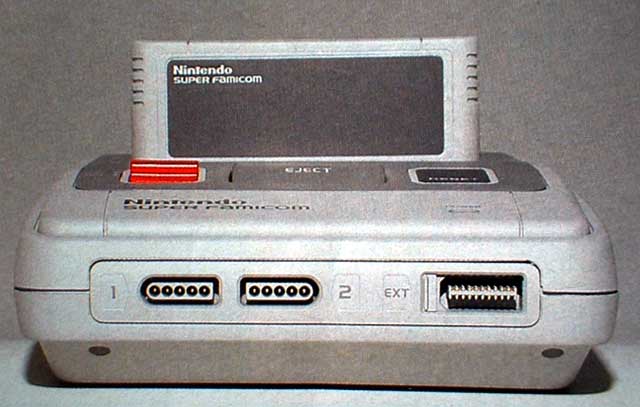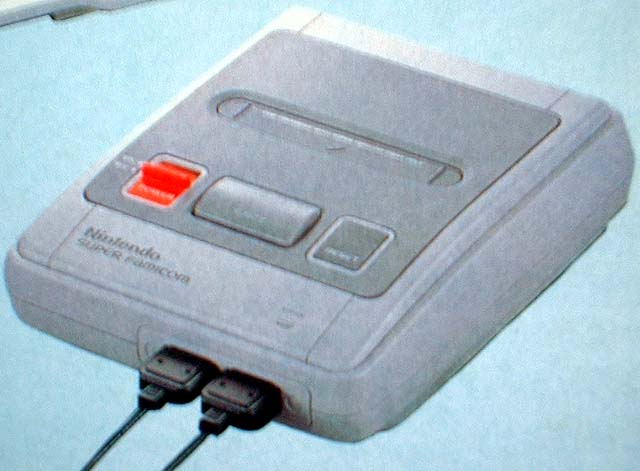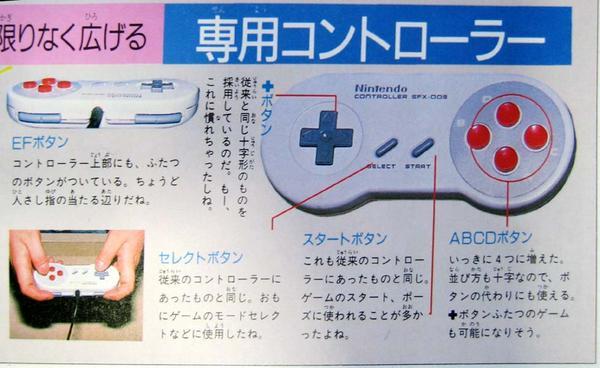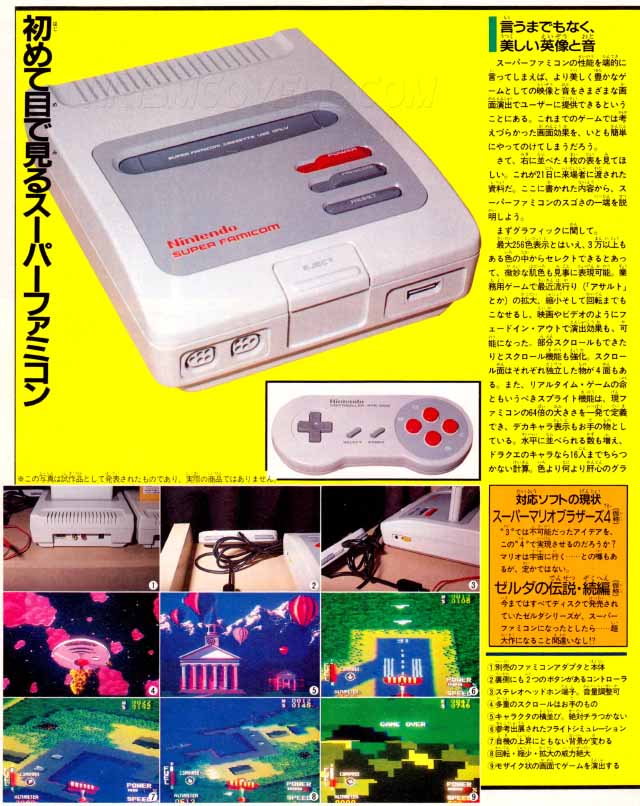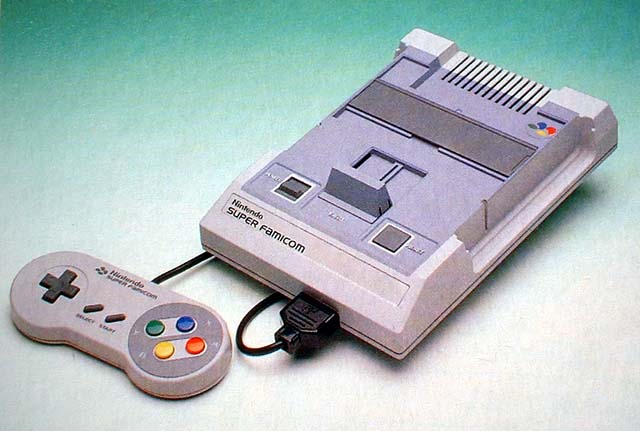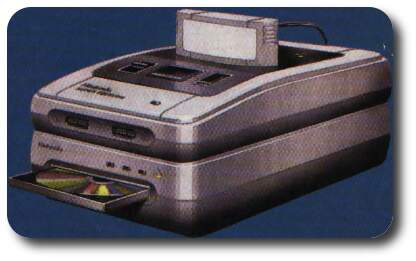Table of Contents
Super Nintendo Entertainment System
Personality
Audio
The SPC-700 chip is pretty much a sampler. You can load compressed samples into the memory, and load a small erm, partition-like script, so it is triggered at several pitches and so on to make music. It's not MIDI, but more like the MOD or XM format. What the real hardware has however, was a nice filter on the output that gives the sound a really bassy feel—nice because the compression used for samples is pretty lousy. So yes, you could make good music out of it and it was tweaked to impress, but it was pretty quirky. That said, it's a little amazing jewel of machinery, like a small electronic musicbox. And it makes an interesting contrast to its rival, the Mega Drive's Yamaha made FM synthesis chip, the YM2612.
When I think fondly of SNES audio the term 'wonky horns' comes to mind, as heard in F-Zero, Super Mario Kart.
Examples
See Also
- Best SNES soundtrack(s) - 2007 forum thread.
- regarding the snes sound chip - 2008 forum thread.
Visual
Mode 7
- Mode Se7en - uses and abuses - Forum thread.
Design
Library
Prototypes, Concept drawings, and Artist's Impressions
- see also: Sony Playstation for more SNES CD related images.
Appearances
For Super Nintendos acting like videogame characters.
| Jikkyou Powerful Pro Yakyuu '94 | Kaizou Choujin Schbibinman Zero | |
|---|---|---|
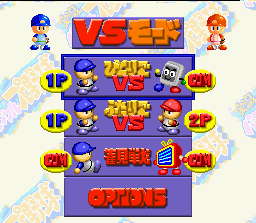 | 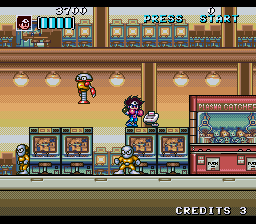 | 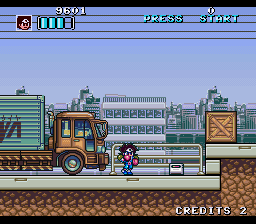 |
| - | 'S-FAMICOM', worth 1000 points | 'GAMES-CASSETTE', worth 500 points |
| Battle Cross | Robotrek | Wario's Woods |
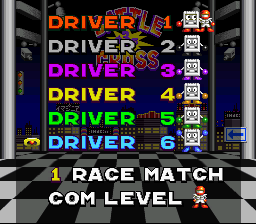 | 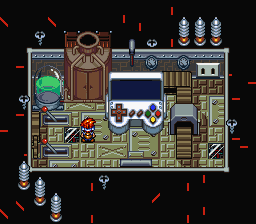 | 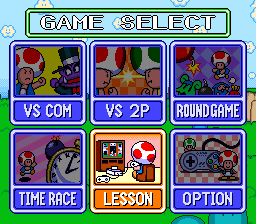 |
| - | The input of this robot building computer. | Note: An NES does not appear in the NES version. |
Periphera
Controller
SGB Commander
A Hori made controller with special buttons with Super Game Boy functions: jump to screens for border and palette editing, sound muting, and speed control.
Mouse
Super Scope
The systems official, bazooka shaped, light gun. Metal Combat, and Battle Clash are two of the consoles best, and handsomest, games. They also use the Super Scope!
Enhancement Chips
Media expansion
Nintendo Power
Nintendo Power is a cartridge containing flash RAM, which could be written, and rewritten at kiosks in Japan, much like the Famicom Disk System.
SNES CD
The SNES CD (AKA: Super CD, CD-ROM XA, SNES CD-ROM) was a planned CD-ROM add-on, which, after various carfuffles between Sony, Philips, and Nintendo, was cancelled.
- SNES-CD Profile - Detailed article on the SNES CD story, on N-Sider.com
- The SNES CD Thread - Lots of SNES CD links on the SNES Central Forum.
- SNES CD - on Lost Levels.
Satellaview
Nintendo's Satellaview (sometimes incorrectly called the BS-X3)—which is the title of a part of the hardware4), or incorrectly credited to Bandai as the Bandai Satellaview) was a satellite-based service allowing data downloads, and the streaming of games and audio.
- Satellablog - Good source of news related to the Satellaview: new releases, etc.
Super Game Boy
Enables the play of pre-GBC Game Boy games on a telly, via a SNES. Some games are 'Super Game Boy Enhanced', with nicely coloured graphics, full-colour borders (games are not be stretched to the whole screen width), a few use the SNES' sound hardware, and a few less are even able to be played multiplayer with two SNES controllers. The GB Space Invaders port even allows has the SNES version inside! For non-SGB compatible games users can make their own 4 colour palettes, and even draw borders, or choose from a selection built into the cartridge. If there is no input for a while some borders will animate!
Super Game Boy 2
The Super Game Boy 2 was released only in Japan and Hong Kong (A PAL version!), and added a link port (to link with another SGB2, GB, or GB Printer), some new borders,
Sufami Turbo
A Bandai-made accessory designed to reduce game cost by allowing the sharing of data between cartridges.
Turbo File Twin
An ASCII made peripheral, mostly supported by their games, that allows for extra saves to be stored outside of a game's cartridge. It connects via the controller port.
Cheat devices
Game Saver
A large cartridge that allows games connected via it to record a save state that could then be returned to, much like the common emulator feature. Pretty unique at the time it was released! It also features proper slow motion (none of that irritating fake slow-mo some peripherals get by triggering the START button repeatedly, and quickly—often driving players nuts by playing whatever pause sound a game has) and a built-in converter, though that part of mine never seemed to work.
XBAND
A cartridge made by a company called Catapult Entertainment allowing consoles to communicate over phone lines, meaing players could play some games multiplayer. It incorporated a friend list like contemporary services. There's also a version for the Genesis/Mega Drive.
Emulation
The SNES has had very good emulation support for a long time. The most popular emulators are ZSNES, and Snes9X, which focus on compatibility, and speed. Neither requires much of a computer to run, and have all the usual features: running games from .zip files, save states, screen shots, special chip support. ZSNES auto patches games, which is nice. Your choice between them would depend more on interface preferences, than anything.
The bsnes emulator is focused on accuracy, rather than speed. So it takes a much more powerful computer to run, but can be useful for some games, and people looking for as-accurate-as-possible audio. It is also able to run games from .7z files. The bsnes builds put together by 'KingOfChaos', available here are the best way to use the program.
There is also SNESGT, which probably still has the most useful Satellaview emulation. Otherwise stick with the other programs.
Last updated: September 6th, 2011
See also
- Best SNES soundtrack(s) - Forum thread.
- SNEScentral - regarding unreleased games, prototypes, etc.
- Zophar - SNES emulation downloads, and details.
- Super NES Programming - Good resource on Wikibooks.
- The First Super Famicom Demonstration The Second SFC Demonstration - Two pages about how Nintendo demonstrated the SNES pre its release.
